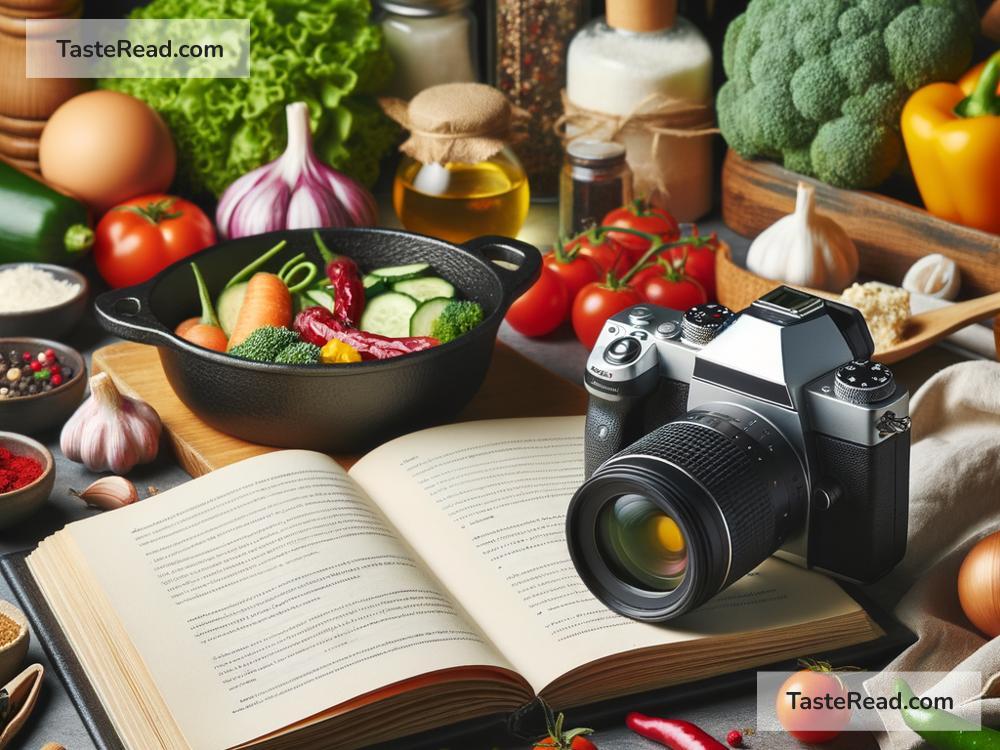Creating My Own Recipe Book: Documenting My Culinary Adventures
Introduction
Cooking is more than just a daily task; it’s a form of personal expression, a way to care for oneself and others, and a means to explore cultures from around the globe right from our kitchens. For me, the journey through the world of flavors, spices, and techniques has become a large part of who I am. That’s why I decided to start a very special project: creating my own recipe book. This isn’t just any cookbook – it’s a diary of my culinary adventures, a memoir of tastes, and a treasure trove of my personal creativity in the kitchen. Let me take you through why and how I embarked on this delicious journey.
Why Create a Personal Recipe Book?
- Preserve Family Recipes: Every family has those treasured recipes that get passed down through generations. Documenting them ensures that these culinary traditions live on.
- Record New Creations: When experimenting in the kitchen, sometimes you hit the jackpot with a fantastic dish. If you don’t write it down, you might forget it!
- Share Your Passion: A personal recipe book can be a thoughtful gift for loved ones, a way to share your favorite dishes with friends and family.
Getting Started
The first step in creating your own recipe book is to decide on its structure. Do you want to categorize your recipes by type of meal, ingredient, or maybe the country they’re inspired by? Once you have a rough idea, it’s time to start filling those pages. But remember, a personal recipe book is more than just instructions; it’s a storybook.
Recording Your Recipes
For each recipe you decide to include, make sure to write down:
- Ingredients: Be precise – if you used a dash of salt, specify how much that is for you.
- Instructions: Detailed steps are crucial. Assume the person reading has little to no cooking experience.
- Photos: They say a picture is worth a thousand words, and in cooking, a photo can be the inspiration someone needs to try your recipe.
- Notes: This is what makes your recipe book personal. Include do’s and don’ts, substitutions, and any variations you’ve tried and loved.
- Stories: Behind every great recipe is a great story. Maybe it’s a dish you learned to make with your grandmother, or perhaps it’s something you invented for a special occasion. These anecdotes breathe life into your cookbook.
Designing Your Book
Here’s where you can let your creativity loose. Whether you’re good with a computer or prefer a more hands-on approach, there are several ways you can design your recipe book:
- Digital Tools: If you’re tech-savvy, there are many online platforms where you can design your book, complete with templates to help you get started.
- Hand-Crafted: For those who want a more personal touch, a hand-crafted book can be a beautiful project. You can doodle, use stickers, or even attach fabric swatches or dried herbs for a unique touch.
- Printing: Once you’re happy with the content and design, printing it allows you to share your work. Look for local printing shops or online services that can bind your book professionally.
Sharing Your Creations
Share your book, or just your favorite recipes from it, with friends and family. They make meaningful gifts and can inspire others to start their own culinary adventures. Plus, swapping recipes can be a fantastic way to grow your own collection.
Conclusion
Creating my own recipe book has been an incredibly satisfying project. It’s a tangible representation of my journey through the world of cooking, packed with memories, lessons learned, and a lot of love. If you’re passionate about cooking, I highly encourage you to start your own. It’s not about making it perfect; it’s about capturing the essence of your culinary adventures. Who knows? Maybe one day, it will become a cherished heirloom, sparking inspiration in kitchens far beyond your own.


